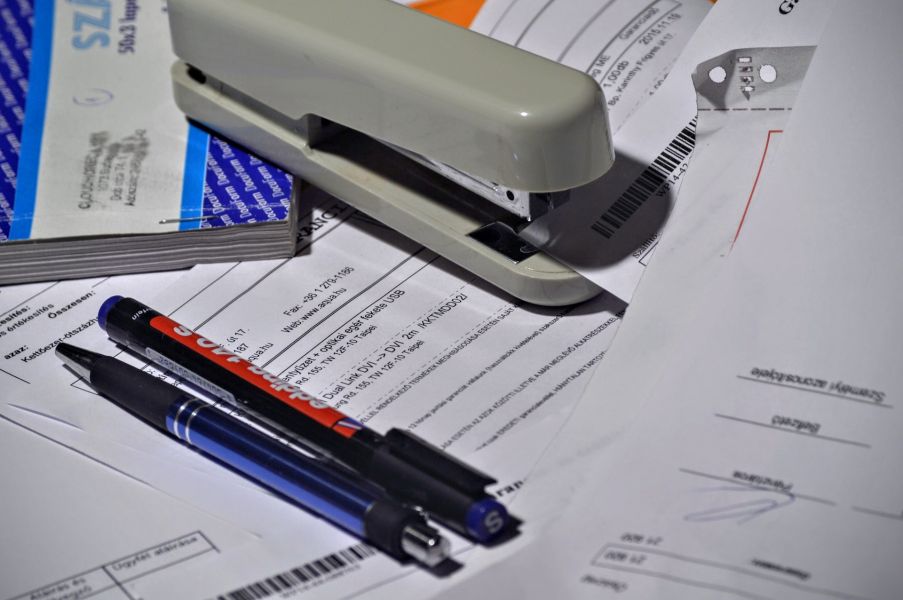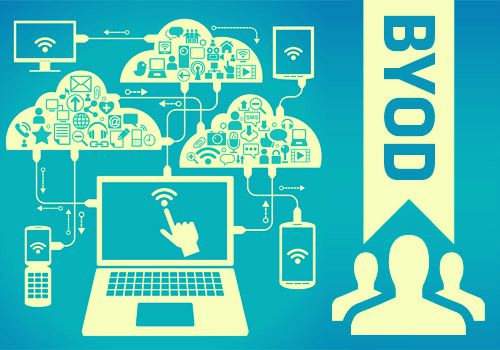Invoicing may not be the most glamorous part of running a business, but it’s undeniably one of the most crucial. A streamlined, efficient invoicing process ensures that cash flow remains steady, clients are satisfied, and your accounting stays in good shape. For small business owners and entrepreneurs, improving invoicing efficiency can mean the difference between a smooth operation and a chaotic mess. In this comprehensive guide, we’ll explore practical tips and strategies to make your invoice process more efficient and stress-free.

Why Efficient Invoicing Matters
Efficient invoicing affects several aspects of your business:
- Cash Flow: Timely invoicing leads to timely payments, which is essential for maintaining healthy cash flow.
- Client Relationships: Accurate and professional invoices help build trust and reliability.
- Operational Efficiency: A streamlined invoicing process reduces administrative burdens and allows you to focus on core activities.
Common Invoicing Challenges
Every business faces unique invoicing challenges. Here are a few common ones:
- Manual Errors: Handwriting or manually entering data increases the risk of errors.
- Late Payments: Delays in sending invoices could result in late payments.
- Complexity: Managing multiple clients and projects can complicate the invoicing process.
Start Using Invoicing Software
One of the most effective ways to streamline your invoicing process is to leverage technology. Options like advanced Prime Software can automate many aspects of invoicing, from generating invoices to tracking payments. Not only does this reduce the risk of human error, but it also frees up valuable time that you can invest elsewhere in your business. Additionally, invoicing software often comes with features like customizable templates, recurring invoices, and automated reminders, making the entire process much smoother and more efficient.
Set Clear Payment Terms
Setting clear payment terms is crucial for efficient invoicing:
- Due Dates: Clearly specify when the payment is due.
- Late Fees: Mention any penalties for late payments.
- Payment Methods: List all acceptable payment methods to avoid confusion.
Automate Recurring Invoices
If you offer subscription-based services, automating recurring invoices can save you time and effort. Most invoicing software solutions allow you to set up recurring invoices, ensuring they are sent out automatically at specified intervals. This way, you don’t have to worry about forgetting to send invoices, and your clients receive them on time, every time.
Standardize Your Invoicing Template
A standard template ensures consistency and professionalism. Make sure your template includes:
- Your Business Information: Name, address, contact details.
- Client Information: Name, address, contact details.
- Invoice Details: Invoice number, date, and due date.
- Line Items: Description of services or products, quantity, rate, and total amount.
- Payment Instructions: Clear instructions on how to make the payment.
Use Electronic Invoices

Electronic invoices are faster and more reliable than paper invoices. They reduce the chances of invoices getting lost in the mail and can be sent instantly. Additionally, electronic invoices are easier to track and manage, allowing you to maintain a digital record of all transactions.
Implement a Tracking System
A tracking system helps you monitor the status of each invoice:
- Pending: Invoices that have been sent but not yet paid.
- Overdue: Invoices that are past their due date.
- Paid: Invoices that have been paid and closed.
Send Invoices Promptly
The sooner you send an invoice, the sooner you get paid. Make it a habit to send invoices immediately upon completion of a project or by the agreed-upon billing date. Prompt invoicing shows professionalism and urgency, encouraging clients to pay promptly as well.
Follow Up on Overdue Invoices
Following up on overdue invoices is essential to maintain cash flow. Send a friendly reminder a few days after the due date, followed by a more assertive reminder if the payment is still not made. Make sure to document all follow-up communications for your records.
Offer Multiple Payment Options
Offering multiple payment options can make it easier for clients to pay you. Consider accepting credit cards, bank transfers, and online payment methods like PayPal or Stripe. The more options you provide, the more likely clients will find one that’s convenient for them, leading to faster payments.
Monitor and Analyze Your Invoicing Process
Regularly monitoring and analyzing your invoicing process can help you identify areas for improvement. Use invoicing software to generate reports and track key metrics like:
- Average Payment Time: How long it takes clients to pay.
- Invoice Accuracy: Number of errors in invoices.
- Follow-Up Effectiveness: The success rate of follow-up reminders.
Train Your Team
If you have a team handling invoicing, ensure they are well-trained. Provide them with clear guidelines and procedures to follow, and ensure they are familiar with any invoicing software you use. Regular training sessions help keep everyone on the same page and improve overall efficiency.
Keep Clients Informed
Transparent communication with your clients can prevent misunderstandings and delays. Make sure your clients know what to expect in terms of invoicing and payment terms. If there are any changes to your invoicing process, inform your clients promptly.
Maintain Accurate Records
Accurate record-keeping is not just a legal obligation but a cornerstone of efficient business operations, especially when it comes to invoicing and accounting. Maintaining detailed records ensures you have the data needed for financial reporting, tax purposes, and strategic decision-making. Start by keeping digital copies of every invoice sent and received. These copies should be well-organized, ideally in a cloud-based system that offers both security and ease of access. Moreover, consistently record all payments received and promptly reconcile them with your bank statements. This practice helps in identifying any discrepancies early on and maintaining a clear overview of your financial health. It’s also essential to keep a communication log that documents all exchanges related to invoicing and payments. Such logs can be invaluable if disputes arise, providing a clear history of terms agreed upon and actions taken. Over time, diligent record-keeping can reveal patterns in client behavior, enabling you to predict cash flow with greater accuracy and adjust your invoicing strategies accordingly. Regular audits of your records can further bolster this process, ensuring all data is accurate and up-to-date. By committing to thorough record management, you establish a robust foundation for financial integrity and long-term business sustainability.
Improving your invoicing process is not just about getting paid faster—it’s about creating a more efficient, professional, and client-friendly operation. By implementing the tips and strategies outlined in this guide, you can streamline your invoicing process, reduce errors, and enhance your business’s overall efficiency.

Founder Dinis Guarda
IntelligentHQ Your New Business Network.
IntelligentHQ is a Business network and an expert source for finance, capital markets and intelligence for thousands of global business professionals, startups, and companies.
We exist at the point of intersection between technology, social media, finance and innovation.
IntelligentHQ leverages innovation and scale of social digital technology, analytics, news, and distribution to create an unparalleled, full digital medium and social business networks spectrum.
IntelligentHQ is working hard, to become a trusted, and indispensable source of business news and analytics, within financial services and its associated supply chains and ecosystems

























